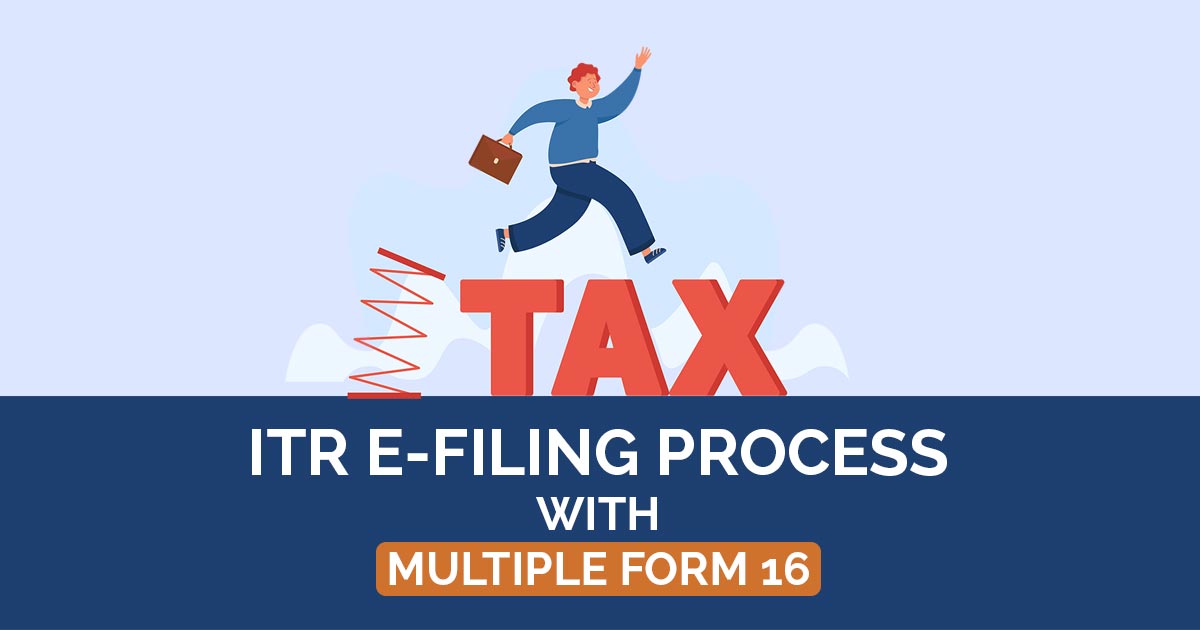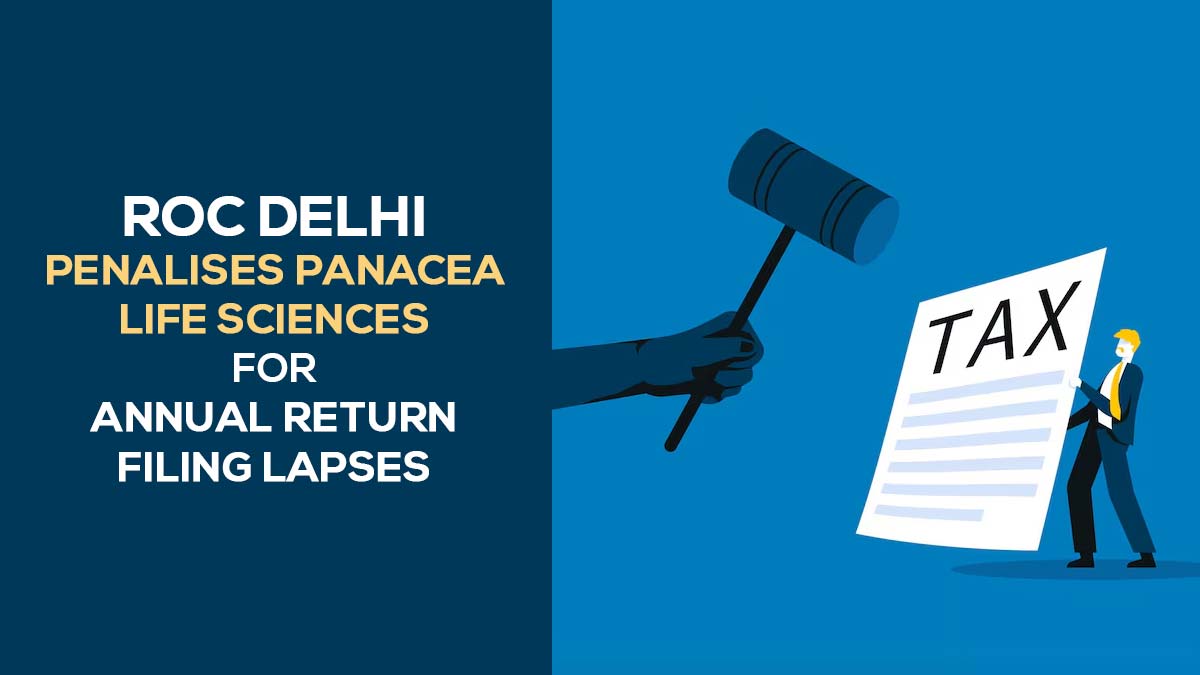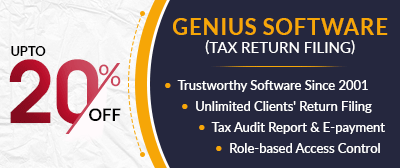
July 31, 2024, will be the due date to file the ITR unless it gets postponed through the government’s guidelines. The last date is applied for the person whose accounts are not needed to get audited. According to the norms of the income tax laws, the employers are needed to provide Form 16 to the employees by June 15. The TDS certificate would be provided by the employer if the tax on the salary is deducted in the fiscal year.
Let’s say someone has changed his or her job in FY2023, then Form 16 would be issued by the present and previous employer. In that case what method do you choose to furnish the income tax return? Since the two Form 16s would render confusion towards computing the total taxable income, total tax exemptions on house rent, LTA, and others.
Mentioned below is the process of filing the income tax return when an assessee has multiple Form 16.
Take Form 16 from Past and Present Employers
The initial process is from all the employer’s current and previous collect Form 16 towards filing the income tax return. The breakdown of gross salary that you obtain, tax-exempt allowances, and deductions that are claimed through you will be shown in Part B of Form 16. Moreover the same will represent the break-up of the total salary that is needed to get furnished in the tax return form as subjected to apply.
A person should consolidate the total number for every head to know the total salary made through him or her in the FY 2023-24 via all employers.
The exemption amount that you could claim from your salary income needs to be computed. The tax exemption on the house rent allowance (HRA), leave travel allowance (LTA) and others could be claimed via your salary income.
A person would be needed to club HRA, and LTA numbers via both Form 16s to find out the gross exemption amount that a person could avail. The same is essential to validate the amount you claim and the amount you are qualified to avail. The tax exemption on HRA would be availed even when a person would not submit the rent proofs to the employer. A person would use HRA calculators online to find out the tax exemption amount that he or she is qualified to claim.
A tax expert mentioned that “The tax exemption on LTA can be claimed only if travel has been undertaken by an individual and proofs accompanied with a declaration for the same has been submitted to the employer. The tax exemption will be reflected in Part B of Form 16 under the head ‘Allowances exempt under section 10’. If no exemption is mentioned, then it will be fully taxable. The taxable amount will be reflected in the gross salary mentioned above.”
A salaried person is qualified for a standard deduction of Rs 50,000 from salary income. There might be a chance that both the Form 16s cite a standard deduction of Rs 50,000. A person is qualified to avail the highest deduction of Rs 50,000 via total taxable salary, not Rs 1 lakh (Rs 50,000 + Rs 50,000) written in both Part B of both Form 16s. After approximating the gross salary from the above process, a person would be qualified to avail of the standard deduction of Rs 50,000.
Another process is to avail of the deductions permitted beneath sections 80C, 80D, and others via total income subject to tax. A salary income, interest made through bank accounts, fixed deposits (FDs), and others come under the total taxable income. In this, you must note that all the employers might have opted for the same deductions. However, under the norms of income tax laws, the same deductions would opt for one time only with respect to your whole income.
The mentioned tax exemptions and deductions would be availed when you choose the old tax regime during ITR filing. Tax experts specified that “If you opt for a new tax regime while filing an income tax return, then you will not be eligible to claim tax-exemptions and deductions. The income tax amount you are required to pay will be calculated on the total taxable amount where no deductions have been claimed.”
A person is needed to compute the income tax liability. Deduct the taxes which would be already deducted and deposited with respect to your PAN. The TDS amount would be seen in Part A of Form 16. A person should verify that the same amount is written in Form 26AS and AIS (annual information statement) as well as claim tax credits that are already deposited opposite to your PAN.
If You Own Form 16 From Your Current Employer Only Then What Would Happen
The same might be performed that you had obtained form 16 via only your present employer. To pay the tax return in this type of scenario an assessee would be required to have the salary slips via a former employer. A person would indeed break up the salary as needed in the income tax return form.
A person would be required to calculate the total salary by adding the income from Form 16 and the income from the salary slips.
After calculating the total salary income the same procedure would comply as specified above. This consists of deducting the tax exemptions HRA, LTA, etc. the standard deduction incurred through the salary income, and availing the deductions beneath sections 80C,80D, and others from the total income subject to tax (salary income, interest income through bank accounts, banks FDs and others.
Once the net taxable income is computed, the assessee shall compute his income tax liability and deduct the TDS to find out if there are any self-assessment taxes to be deposited.
What Happens When Form 16 Would Not Obtain From Any Employer
If an assessee would not obtain form 16 from the employer, he or she could still furnish the Income-tax return. A person would be needed to accumulate his salary slips and compute his total taxable salary.
Once the total taxable salary would compute sum up the income of the additional sources like interest income, dividends, capital gains, and others to calculate the total taxable income. You can avail of the tax exemptions and deductions that are subject to be applicable upon your income.
The subsequent step is to compute the income tax liability relying on the income tax regime which you choose. Deduct the TDS shown in your form 26AS via income tax liability. The same is specified if there are any due taxes to pay. You must know that the TDS shown in your salary slips matches that inside Form 26AS/AIS.









